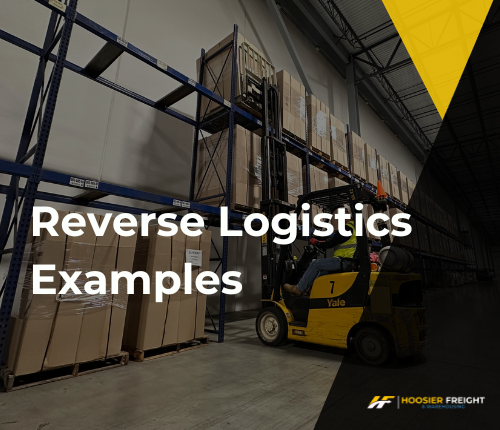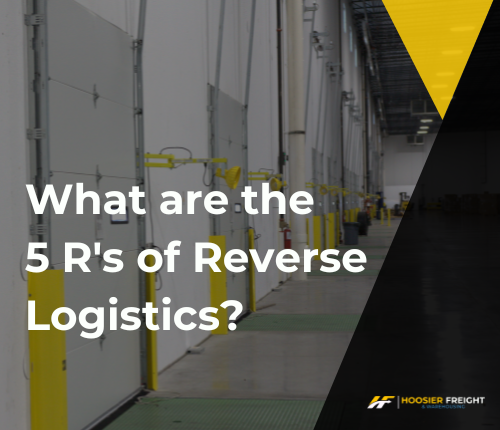
Benefits of Reverse Logistics
In the world of commerce, we’re all familiar with the traditional logistics pipeline – goods flow from manufacturers to distributors to retailers and finally to consumers. But what happens when products make their journey in reverse? That’s where the benefits of reverse logistics come into play, a process often overlooked but laden with benefits for businesses and the environment.
Reverse logistics is the art of managing the return of products from consumers to the point of origin, encompassing activities like returns, repairs, remanufacturing, and recycling. While it might sound like an extra hassle, embracing reverse logistics can offer many advantages:
1. Cost Savings: One of the most immediate benefits of reverse logistics is its potential to save costs. By efficiently managing returns, companies can salvage value from products that would otherwise sit idle or end up in landfills. This includes refurbishing, repackaging, or reselling returned items, reducing the financial blow of unsold inventory.
2. Enhanced Customer Experience: The consumer-centric market we’re operating in requires a seamless return experience. Reverse logistics allows businesses to streamline returns, fostering customer loyalty and satisfaction. A hassle-free return policy can turn disgruntled customers into loyal advocates, boosting brand reputation and repeat purchases.
3. Sustainability: With growing environmental concerns, sustainability has become a key business initiative worldwide. Reverse logistics plays a pivotal role in promoting sustainability by facilitating the reuse, refurbishment, or recycling of returned products. By diverting items from landfills and minimizing waste, companies can reduce their carbon footprint and contribute to a greener future.
4. Supply Chain Optimization: Reverse logistics isn’t just about handling returns; it also offers insights to optimize the entire supply chain. By analyzing return patterns and reasons for product dissatisfaction, companies can identify areas for improvement in product design, packaging, or quality control. This feedback loop enables businesses to fine-tune their products and operations, ultimately enhancing efficiency and customer satisfaction.
5. Compliance and Regulation: With increasingly stringent regulations governing waste management and product disposal, reverse logistics has become a necessity for businesses to remain compliant. Properly managing returns ensures adherence to environmental laws and reduces the risk of fines or penalties associated with improper disposal practices.
6. Revenue Generation: Contrary to popular belief, returns aren’t always synonymous with losses. Through strategic remarketing or resale of refurbished products, companies can transform returned items into new revenue streams. Online marketplaces and secondary sales channels provide opportunities to reach a broader customer base and recoup value from returned merchandise.
7. Inventory Management: Effective inventory management is crucial for maintaining operational efficiency and avoiding stockouts or overstock situations. Reverse logistics enables companies to gain visibility into their inventory levels and make informed decisions about restocking, replenishment, or liquidation of excess goods. By keeping inventory levels in check, businesses can optimize cash flow and reduce carrying costs.
Reverse logistics offers a myriad of benefits for businesses willing to embrace its potential. From cost savings and customer satisfaction to environmental stewardship and supply chain optimization, the advantages are abundant. By integrating reverse logistics into their operations, companies can not only mitigate the challenges of returns but also turn them into opportunities for growth and sustainability.
Contact Hoosier Freight and Warehousing today to learn more about our reverse logistics process and partnerships.



